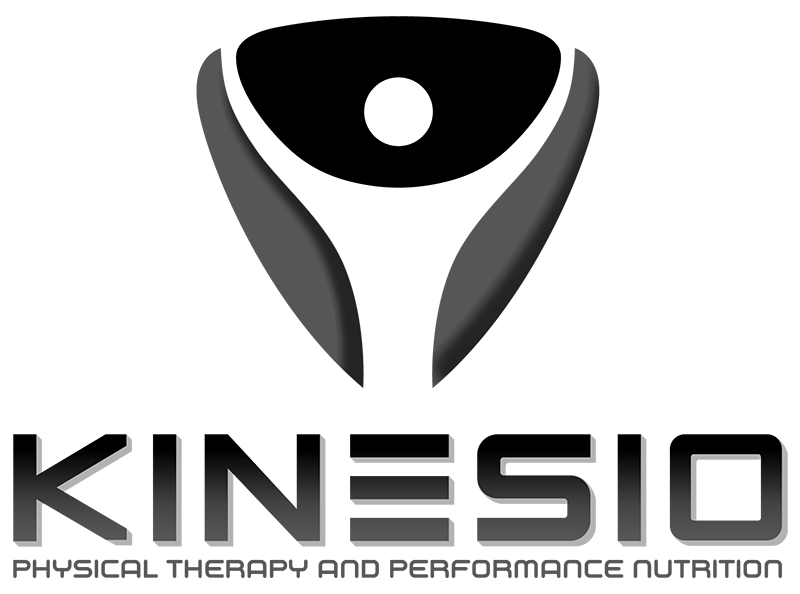Physical therapy FAQS
-
Everyone. Physical therapy uses an evidence-based scientific approach using evaluations, assessments, and movement as medicine to treat or collectively improve human performance, impaired physical abilities, painful movements and activities, functional limitations, and functional disabilities can all be treated through physical therapy.
-
The initial visit or evaluation consists of an interview to gather pertinent information and a physical assessment to determine the cause and extent of the patient's complaints. We discuss and explain our findings and create a plan of care for treatment. The plan of care will be taught one on one by the therapist who intends to educate the patient best to achieve their goals. Through behavior modifications, specific stretches, strengthening Exercises, and strategies we’ll minimize and eliminate symptoms with the intention of educating a patient on becoming independent enough to manage their own symptoms and complaints.
-
During a physical therapy session, you will go through personalized stretches and exercises that are created by your PT. Sessions will also include practicing certain activities specific to the patient’s goal. Depending on the patients’ need, PT might perform manual work and or apply modalities to improve healing. You will receive one on one time with your PT and unlimited assistance from your PT aide. Follow-up physical therapy sessions will take up about 50 – 70 minutes.
-
Physical therapy is a medical field that focuses on bodily dysfunction that resulted in weakness, loss of motion, and pain whereas occupational therapy focuses more on treating dysfunctions that impact a person’s behavior, cognitive, and sensory skills. Physical Therapy (PT) often sees patients struggling with gross motor movements, and having limited strength and endurance to tolerate their daily activities. Occupational Therapy (OT) often sees patients that struggle with the daily activity of living such as bathing, feeding, and other activities requiring fine motor skills.
-
Yes, licensure is required to practice as a physical therapist in the state of California.
-
Generally, the therapy should not be painful. The therapy given should be safe and altered according to the patient’s abilities and needs. Although, given the fact you will be using parts of your body that might already be tender or painful, you will find that therapy can be challenging.
-
A physical therapy assistant (PTA) is a licensed medical provider that works under the direction and supervision of a licensed Physical Therapist (PT).
-
Physical therapy aide is a non-licensed assistant that works under the full direction and supervision of a PT and PTA. They would often assist patients with their exercises and report directly to PT.
-
In California, you are not required to have a prescription to see a physical therapist. Though some insurances continue to require a prescription for billing purposes. Please call us for more information.
-
Upon your first visit, the clinic manager will walk you through your insurance benefit and any copays you are responsible for. The patient’s Official Explanation of Benefit (EOB) will reach our clinic in about 30 – 60 days post-treatment session.
-
We accept the following insurance carriers:
Aetna
Anthem Blue Cross
Blue Cross/ BlueShield
BMI Benefits
Care IQ
Cigna
Delta Health Systems
GEHA
Genex
Grenz Benefit Solutions
Health Net
Heritage Victor Valley Medical Group (HMO)
Medcomp
Medicare
Medrisk
Meritain Health
NALC Health Benefit
One Call (workermans compensation WC)
Physmetrics
SPNET/Medrisk (WC)
Tricare
Triwest
UMR
United Healthcare
VA Health Administration
